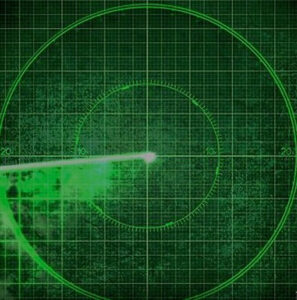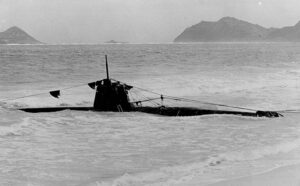The Technologies of Pearl Harbor
When humans first walked the Earth, their wars and conflicts were fought with sticks, stones, and whatever natural features they could use to their advantage. Far from the technology we know today, it was primitive but it served as well as it needed to. Keep that in mind as we look back a mere 75 years to December 7th, 1941, when the Japanese launched a massive assault on the American naval base at Pearl Harbor, causing the deaths of over 2,400 Americans and damaging and sinking a multitude of US warships.
The following technologies of Pearl Harbor may seem hopelessly outdated today, but at the time they were the latest implements to be used in a military action.
Codebreaking Technology
It’s no shock that any sort of early warning system that was implemented during the latter part of 1941 was largely ineffective, but part of that is because these systems were still having their kinks worked out. Leading up to the attack, cryptanalysis was still a new—and very under-funded—field.
The attack on Pearl Harbor amplified the importance of these systems, however, as they became a focus for the United States and Britain, who were soon using the best in cryptanalysis and cryptography.
Early Detection Systems
Another of the underdeveloped technologies of Pearl Harbor that allowed Japan to completely surprise the United States was the lack of experience in the use of a new radar system, the SCR-270. At the onset of the attack, training for the SCR-270 was still underway. Despite the lack of time with the apparatus, the operators on the morning of December 7th, George Elliot and Joseph Lockard, had spotted the incoming planes, though their discovery was largely dismissed.
Modified Type 91 Torpedo
Probably the most devastating of the Japanese technologies of Pearl Harbor was the modification done to the Type 91 torpedo. While the Type 91 was no newcomer to battle, it wasn’t a viable option for use in the shallow harbor. The original model would detonate before ever reaching the American battleships, leading to the development of this destructive modification.
The new Type 91, designated Thunder fish, was outfitted with a tail stabilizer that allowed the explosive to level out at a shallower depth for optimal impact with the target. The Type 91 played a crucial part in the destruction of the USS Arizona and USS Oklahoma.
Type A Ko-hyoteki Submarine
This Japanese midget submarine was originally intended to be an active part of the Pearl Harbor strike force. Armed with torpedoes and mines—it would have proven to be dangerous tool against the mighty battleships—but things didn’t go quite as planned. Only two of the five midget subs launched made it into the harbor. A third submarine was captured after running aground and later used as a propaganda tool to sell war bonds.









